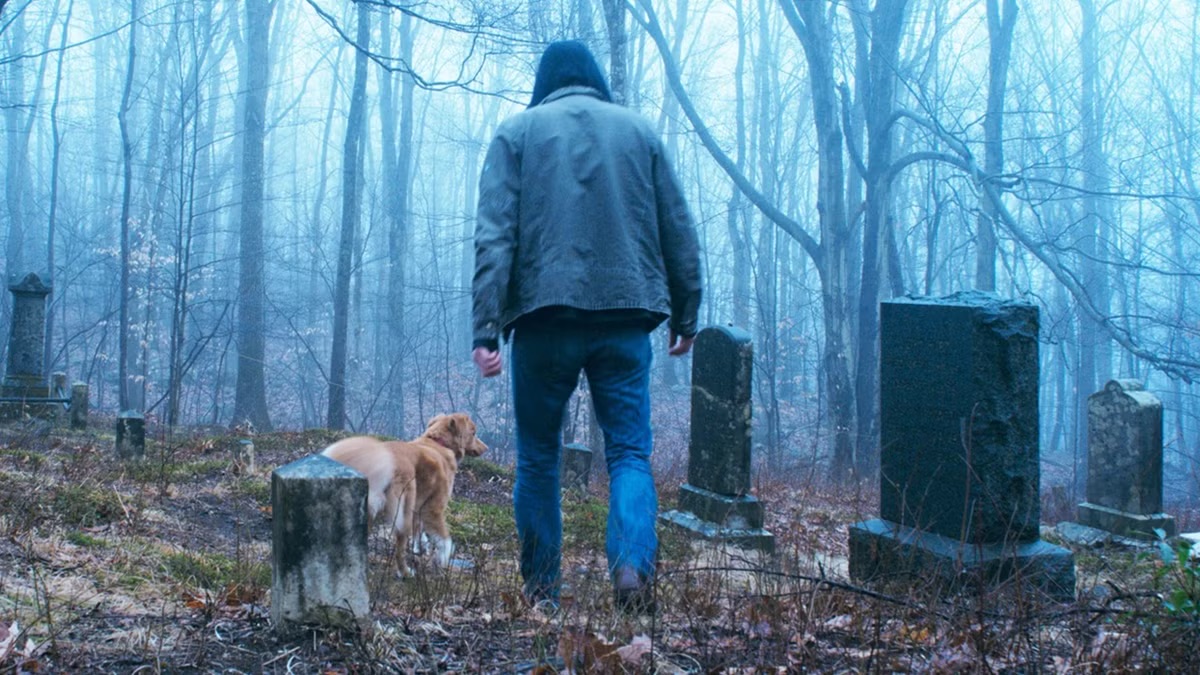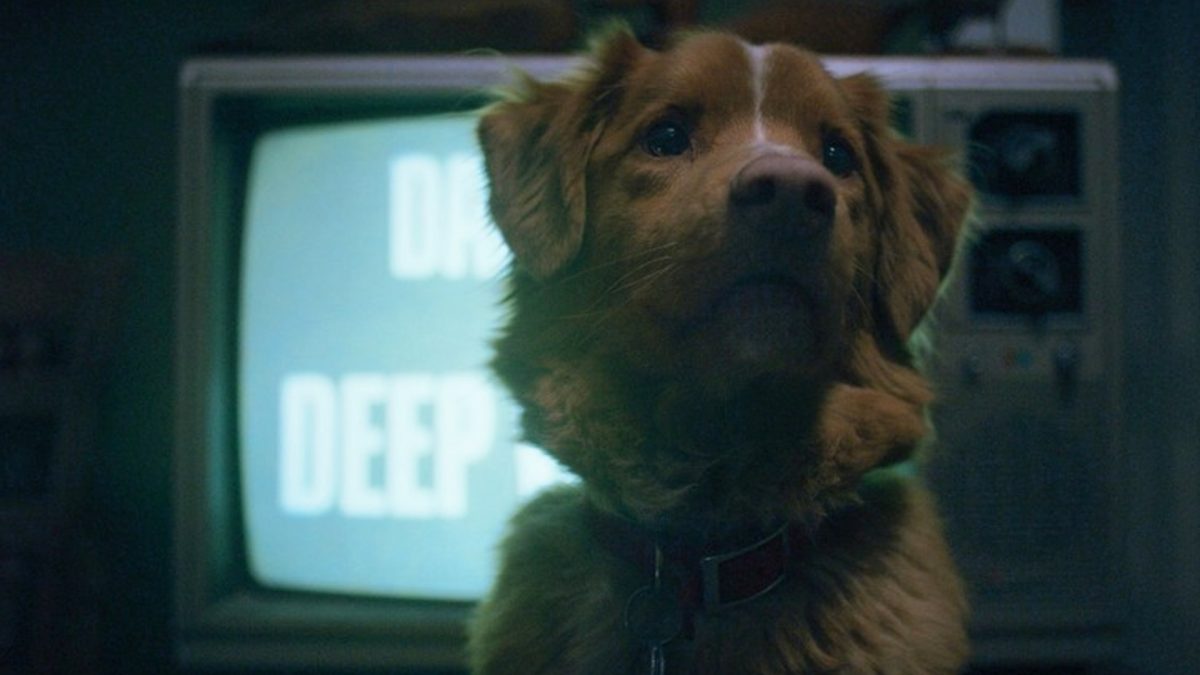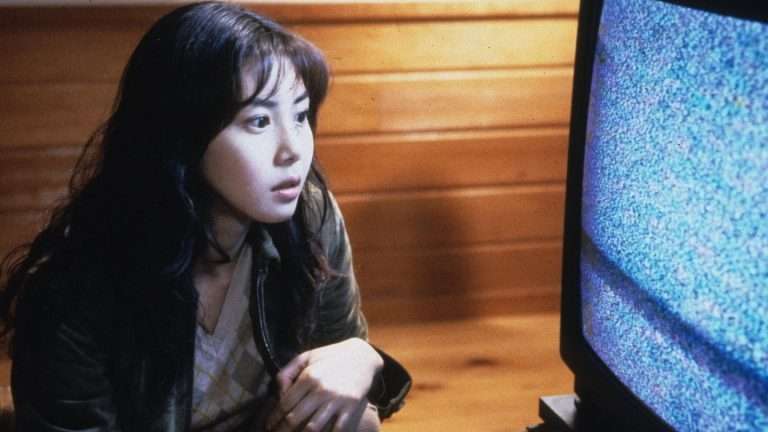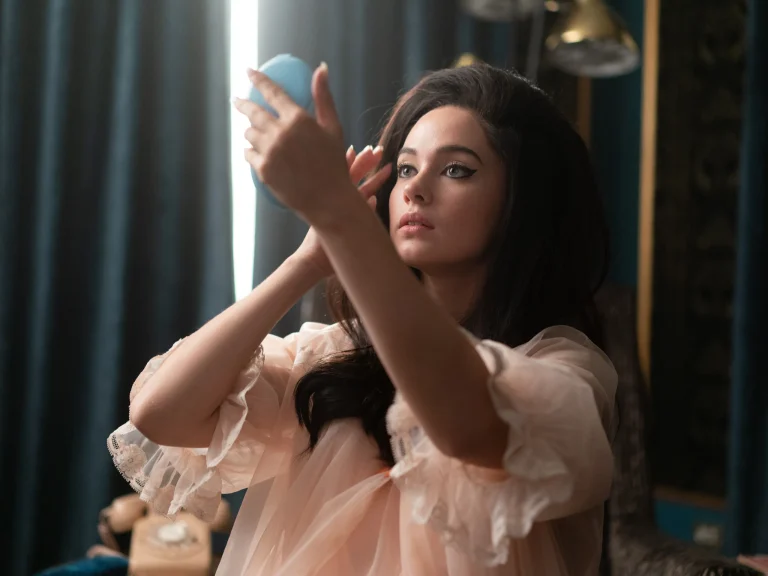There is a scene in Good Boy (2025) where Indy and his owner are taking a short break on their way to exploring the woods. The owner is rambling about something and then looks at his dog, asking, “Am I crazy?” Indy just looks at him, almost as if giving him a look that says, “No, not at all.” With Indy’s presence being just enough for him, the owner looks at his dog and simply says, “Yeah, you get it.” How many times has this happened to you all? Sitting with your pet, rambling about what you’re feeling, and thinking that your pet understood everything you just said to them?
Watching a movie that features a dog is always a frightening idea. You are constantly asking the obvious question: Is the dog going to die? Will something happen to him? For some reason, you are not this concerned when watching a movie with a cat in it. You know a cat will run the moment it feels threatened. But a dog will stick till its last breath with the owner if the situation goes downhill. That is what they do. Dogs are unconditional, compassionate beings that devote their whole life to providing the best of their abilities for the well-being of their ‘hoomans’.
Must Check Out: Best Dog Performances in Cinema: 12 Canine Stars Who Stole the Show
Ben Leonberg’s directorial feature, which he co-wrote with Alex Cannon, features his real-life ‘good boy’ Indy (one of the most beautiful-looking mutts, a Nova Scotia Duck Tolling Retriever) along with Shane Jensen as Todd and Arielle Friedman as Vera. Todd has been in and out of the hospital due to chronic lung disease and hasn’t been his best self lately.
One day, Todd adventurously decides to move in with his dog to his grandpa’s deserted cabin in an isolated forest, despite his sister Vera opposing the idea. On arriving at the property, Todd instantly settles in; however, Indy—the dog—starts getting worked up. He is constantly anxious, looking around, trying to understand his hooman, and obviously, his nose is working all the time, tracking something in the place.

Horror movies lately are trying to reinvent the whole notion of the genre. POV (point of view), in particular, has been a new take that immerses you in the plot. Remember Soderbergh’s Presence that closely takes you inside the dysfunctionality of a nuclear family through a ghost’s POV? At the same time, through the eyes of the ghost, you also learn every nook and corner of the house and how each member navigates inside. This gives personality not only to the characters of the story but also to the house itself, which has witnessed its inhabitants living their lives inside it.
*Spoiler Alert*
In Good Boy, we see everything through the eyes of a dog. The communication path is limited only to his occasional growling, whining, or barking. While we see the dog, we also see his facial expressions detonating his constant fear and worries about his ailing owner. We do not see the faces of the human characters; everything is shown at the level of our protagonist’s eyes.
What caught my attention in the movie is how it has a similar yet eerie camera work that reminded me of The Blair Witch Project (1999). The found-footage and diegetic camera style build the tone and tension that constantly puts Indy on edge, worried that there is something dark and sinister lurking around the house and that his owner is in grave danger.
Also Read: 10 Must-See Unconventional Dog Movies
The danger, of course, is the idea of death that looms over Todd, who has not been keeping well due to his chronic illness, which leads him to intense mood swings, isolation, and depression that somehow also runs in his family. In one of the scenes, when Todd explores the woods with Indy, the dog becomes increasingly anxious seeing too many graves. Todd casually explains to his dog that it is alright since most of his family members died young and are now all buried there. In another scene, Vera inquires about how Indy has been feeling and whether he has been sniffing around the place too much or staying very close to her brother all the time.
Dogs can sense death—or worse—far too soon before anyone else can. They understand danger and warn their owners faster than a tracking beeping device. This is why mutts are often chosen and trained to become service or therapy dogs over other animals. Their instinctual and quick decision-making skills often lead to their owners successfully dodging danger.
However, in Leonberg’s Good Boy, Indy is confused and unable to comprehend the idea of danger. He doesn’t know any better, and in a way, it feels like Todd, who understands what is happening to himself, takes Indy to his grandpa’s place to teach him how to grieve if something happens to him indefinitely. Todd is well aware of the fact that isolation can bring out the worst in him; however, as a good dog owner, he wants Indy to learn how to survive and move on. Usually, as humans, we witness the death of our beloved pet, and it takes us years to reach catharsis. However, in Good Boy, it is Indy who has to learn the other way around.
A dog who can neither talk nor express in human language what he has been going through, and Leonberg brilliantly uses Indy’s wide but curious eyes, tail wagging, ear tucks, and sniffing nose to show the constant worrisome state he is in for his owner. Especially the nightmares of the ways his owner may painfully succumb to his last breath—he keeps revisiting them numerous times, which might feel repetitive to some viewers. But aren’t our dreams and nightmares a repetitive manifestation of our fears and inhibitions? Particularly when we reside in a place where we anticipate death?

Besides the thoughtful portrayal of a dog’s point of view in understanding his owner’s death, the film also subtly explores the idea of generational mental illness—how it often goes unresolved and, unfortunately, gets passed down to younger generations. What touched me the most is that despite feeling rotten and miserable as an ailing person, Todd still puts Indy first over everything he is going through. He doesn’t want Indy to witness his crumbling self, and this is one of the most genuine and humane things a dog person could do.
Interestingly, I found the idea of a grim reaper in human form quite compelling. One character—a fox hunter living in the woods near Todd’s inherited property—appears wearing a black Ghillie suit. Much like the Grim Reaper in the 1957 film The Seventh Seal, which embodies the inevitability of death, this character seems to cast a shadow over Indy, reminding the dog that he cannot protect his owner forever as ‘black death’ looms. This symbolism is reinforced in a scene where the hunter questions Todd about what he is doing. From a distance, Todd appears to be digging his own grave, though in reality, he is simply searching for a specific weed in the woods, offering no explanation.
One part of the movie that I felt could have been done better with was the low lighting of the movie. It was too dark for a comfortable viewing experience, and it could have benefited from showing how a dog actually sees the world. The sound design (which features Indy’s hush grumps, woofs and nail clattering walking throughout) and the intense cinematography, Ben Leonberg has done a remarkable job of appointing his own dog as the titular character. Also, given the low-budget production and the eerie, supernatural atmosphere it leans on, Good Boy still stands out as one of the best horror movie of 2025 and an original and profound meditation on death.








